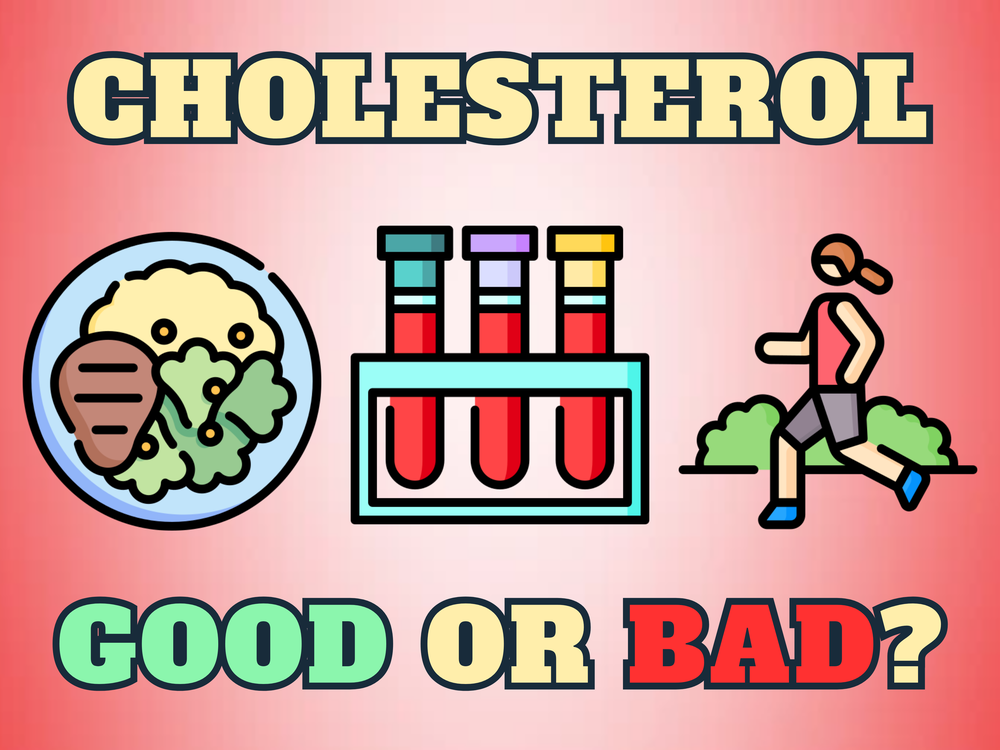
Introduction
I'm sure we've all heard of cholesterol. It's been through quite the ringer in nutrition science, but is it really as bad as we once thought? With the recent realization that fats are indeed good for us, where does that leave cholesterol?

What is Cholesterol?
The best place to start would be to define what cholesterol actually is. There are 2 different types of cholesterol: dietary cholesterol, and blood cholesterol.
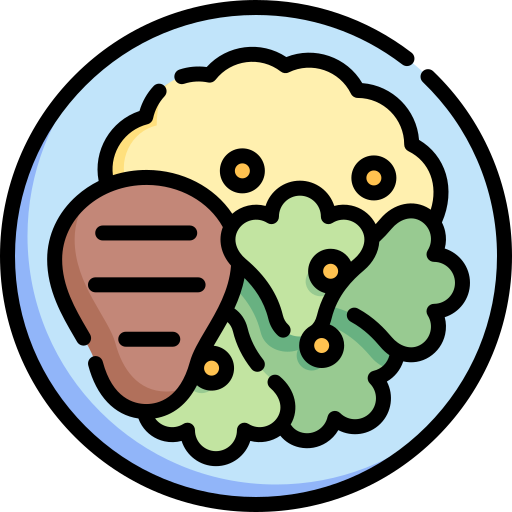
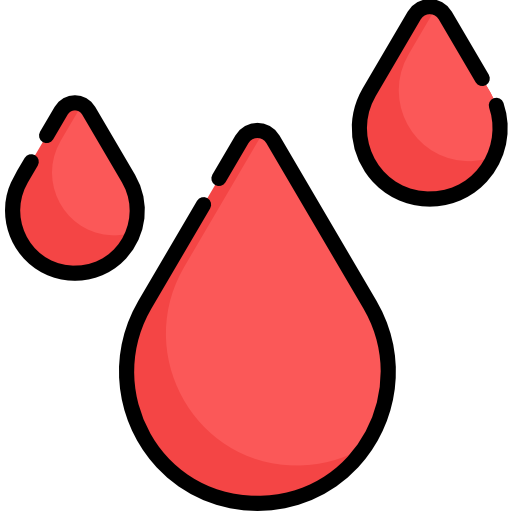
Dietary Cholesterol
Dietary cholesterol is the cholesterol you get from your diet, as the name suggests. This is the cholesterol found in the foods you eat, and what you read on the nutrition label.
Dietary cholesterol is only found in the fat of animal sources foods, such as meat, fish, dairy, and eggs. Therefore, there is no cholesterol in plant based foods, such as fruits, vegetables, nuts, seeds, grains, or beans.
For years, we were told to avoid foods like eggs because they're high in dietary cholesterol. But as eating fat doesn't inherently make you fat, consuming dietary cholesterol doesn't necessarily raise blood cholesterol levels.
That is, assuming you're not apart of the estimated 25% of the population who are known as "cholesterol hyper responders". Among this class of individuals, blood cholesterol is significantly impacted by dietary cholesterol, and it is advised to monitor your cholesterol intake.

Blood Cholesterol
On the other hand, blood cholesterol is the cholesterol found in your body. This is what you'd find on most simple lipid panels. Think your HDL, LDL, triglycerides, etc.
Blood cholesterol is a waxy fat-like substance produced by the liver. Your body naturally produces most of your blood cholesterol. It's estimated that 80% of blood cholesterol is produced in the liver, while the other 20% comes from dietary cholesterol. So while limiting dietary cholesterol can somewhat help in reducing blood cholesterol levels, it's far from the main source.
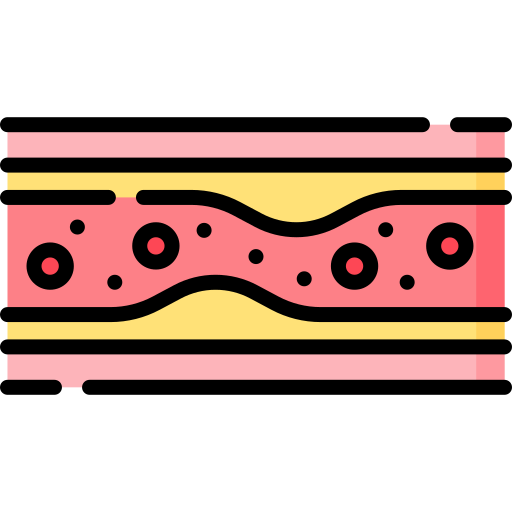
The Role of Cholesterol
Cholesterol isn't all negative; far from it. There are many positive benefits of blood cholesterol in the body, though obviously levels can be too high (more on that later).
Cholesterol is needed in the body for the production of many hormones, as well as the digestion of fatty foods. Cholesterol forms cell membranes, protecting what can enter or leave the cells. Moreover, cholesterol helps the liver produce bile, and it serves in producing vitamin D in the body.
The majority of cholesterol in the body is found in the brain. Your brain in particular needs certain levels of cholesterol for proper function. So what are the optimal numbers for blood cholesterol? Well first, it helps to know the different types of blood cholesterol.

HDL Cholesterol
HDL, or High Density Lipoprotein, cholesterol is typically referred to as the "good" cholesterol. While this is generally true, this is quite an oversimplification. High levels of HDL are typically associated with a lower risk of heart attack and stroke.
HDL assists in "reverse cholesterol transport", which helps regulate cholesterol levels and decrease the risk of cardiovascular disease by removing excess cholesterol from the bloodstream and sending it to the liver. This protects you against atherosclerosis, or the narrowing and hardening of the arteries.
HDL is also anti-inflammatory and helps prevent oxidation of LDL cholesterol. HDL levels can be raised by consuming healthy fats (like avocados, fatty fish, extra virgin olive oil, nuts, and seeds), limiting refined grains and sugars, and lowering stress levels.

LDL Cholesterol
LDL, or Low Density Lipoprotein, cholesterol in the other hand is usually known as the "bad" cholesterol. Think "L for Lousy" if you forget which one is which. High levels of LDL are typically seen in individuals with plaque buildup in the arteries, possibly resulting in heart disease or stroke.
Cholesterol isn't inherently bad, but too much can be an issue. Cholesterol is a fat-like substance that the body uses to make hormes and for cell growth and repair. But elevated levels acts as a road block for the arteries, like a delivery truck that drops too many packages. In addition to plaque buildup, high level of LDL cholesterol can also signal metabolic syndrome, insulin resistance, diabetes, or other metabolic conditions.

Non-HDL Cholesterol
Non-HDL cholesterol is simply the amount of cholesterol that isn't HDL cholesterol. Elevated levels of Non-HDL cholesterol likely mean than HDL is too low and/or LDL is too high. It's calculated by subtracting your HDL number from total cholesterol. Non-HDL cholesterol can also be calculated by adding up your LDL, V-LDL, and IDL. V-LDL and IDL are sometimes found on lipid panels as well, where they stand for Very Low Density Lipoprotein and Intermediate Density Lipoprotein, respectively. V-LDL and IDL are 2 additional types of "bad" cholesterol.

Triglycerides
Triglycerides are actually not a type of cholesterol. Rather, they're a type of fat that carry cholesterol throughout the body. High triglycerides levels coupled with either high LDL or low HDL can, again, increase risk for heart attack and stroke.
Excess calories, typically from sugar and other refined carbs, are converted into triglycerides (a type of fat) in the body. Later, hormones release these fats so your body can use them for energy. However, when your body has too many triglycerides (too much stored up energy), something is out of balance. This is likely due to consuming too much energy (too much sugar, carbs, or calories), or not expending enough energy (lack of physical exercise).
Elevated triglycerides often signals other metabolic issues, such as insulin resistance, obesity, or elevated glucose. Over time, this can lead to prediabetes, type 2 diabetes, heart disease, stroke, or even dementia. The overconsumption of refined, simple sugars and starches typically leads to this accumulation. Eat whole food carbs like legumes, potatoes, fruit, and whole grains, not fiberless white starches like white rice, pasta, or bread.
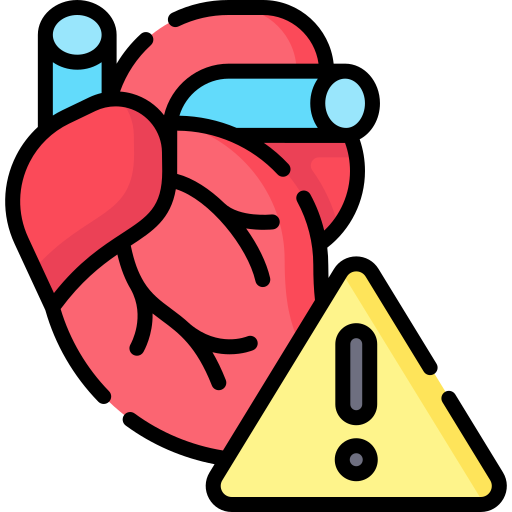
Total Cholesterol
Total cholesterol doesn't matter very much, as it doesn't tell you what the cholesterol is actually made up of. Rather, it's a simple addition of HDL and Non-HDL cholesterols. A total cholesterol of 150 can look a hell of a lot different if it's an HDL and Non-HDL each of 75, or an HDL of 30 and an Non-HDL of 120.
Nevertheless, it's still helpful to monitor your total cholesterol levels, but in relation to the other lipid biomarkers, not independently. Imagine looking at how many wins a team has without considering how many games they've played. The currently 63-52 Mets (Aug. 8, 2025) are a lot better than the 1979 Mets that finished the season 63-99.

Total Cholesterol to HDL Ratio
Your total cholesterol to HDL ratio is a calculation typically found in your standard lipid panel. It's calculated by dividing your total cholesterol by your HDL, as you may suspect. While more useful than total cholesterol on its own, this ratio ignores your triglycerides, which tells you more about your cardiovascular health than total cholesterol. Even so, you want this ratio to be low, ideally below 3.5. High levels of cholesterol to HDL ratio may signal insulin resistance and cardiovascular disease. Quitting smoking, increasing exercise, and prioritize a whole foods diet can help to improve your ratio.
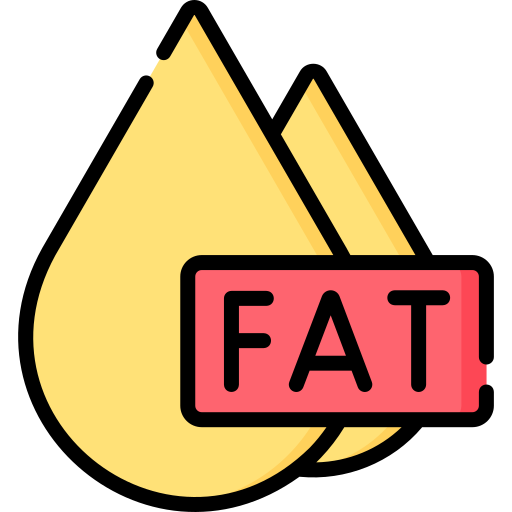
Optimal Blood Cholesterol
Triglyceride to HDL ratio is calculated by dividing your triglycerides by HDL; simple enough. This ratio should be as low as possible. Put simply, you ideally want your HDL to be higher than your triglycerides, though this is even more than optimal. A ratio above 2.0 is correlated with a moderately increased rate of heart disease, and a 5.0 ratio shows strong relations to cardiovascular disease, insulin resistance, and prediabetes or type 2 diabetes.

Optimal Blood Cholesterol
So it sounds like, generally, you want high HDL, low LDL, and low triglycerides. If you have a total cholesterol of over 200 mg/dL, you're generally considered to have high cholesterol, which millions of Americans have. But what are the optimal numbers when you actually look at the specific values instead of the total?
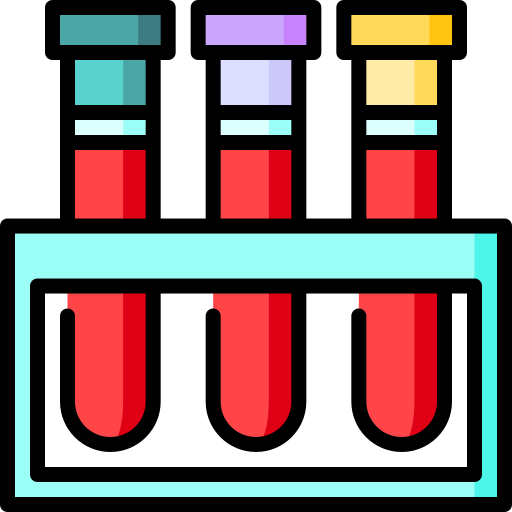
What are my Numbers?
Look, you probably don't want to sit here and read this and take my advice if you don't know if it even works. I should reiterate that I am not a doctor, and you should always seek professional assistance if needed. I am simply someone who is interested in health and nutrition. Numbers in green indicate within the optimal range, and red values are outside the optimal range.
As of July 2025
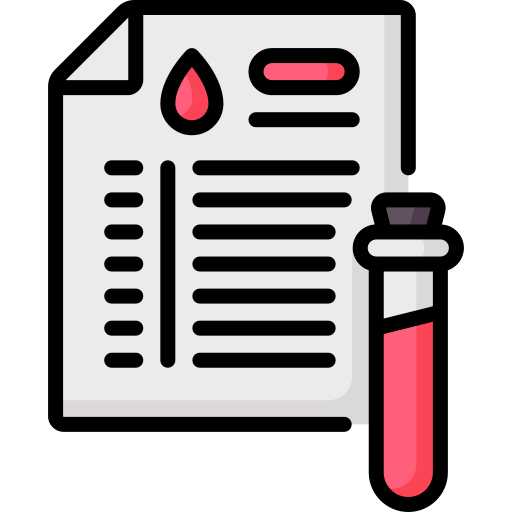
Symptoms and Causes of High Cholesterol (Hyperlipidemia)
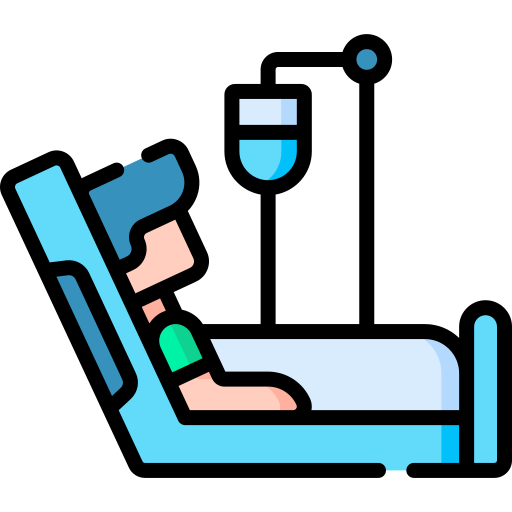
Problems with High Cholesterol
Elevated cholesterol levels are associated with many health risks. Mainly, high cholesterol is correlation with plaque buildup in the arteries. This narrows the flow of blood to and from the heart. In mild cases, this causes chest pain, and heart attack in severe cases.
If high cholesterol was caused solely by consuming diets high in saturated fat and dietary cholesterol, then we'd find few vegetarians and no vegans with high cholesterol. Alas, this is not the case. That's because, according to more recent research, high cholesterol levels are largely due to high refined carbohydrate diets, not high fat diets.

Preventing High Cholesterol
Outside of certain genetic factors, high cholesterol is largely preventable. Contrary to popular belief, consuming dietary cholesterol has little effect of blood cholesterol levels in the majority of individuals.
Rather, the largest risk factors for high cholesterol are consuming a diet high in sugar and a lack of physical activity. Still, it's still best to eliminate all trans fats, and limit your consumption of saturated fats. Additionally, lowering your sodium consumption may help improve cholesterol numbers.
Moreover, smoking increases your risk of high cholesterol. This is because smoking damages the blood vessels, speeding up the hardening of your arteries. Alcohol consumption has also been shown to elevate triglycerides.
Prioritize protein from lean sources, as well as work as many fruits and vegetables into your diet as possible. Diets high in protein, fiber, and healthy fats are the best protection against high cholesterol and heart disease. Healthy fats are generally defined as unsaturated fats from whole foods sources, such as nuts, seeds, avocados, fatty fish, extra virgin olive oil, and unsweetened chocolate.
Omega 3 fatty acids in particular are great for raising HDL levels and maintaining optimal heart health. Omega 3s are found mainly in fatty fish, such as salmon, mackerel, and sardines, but also found in algae, flax seeds, chia seeds, hemp seeds, and walnuts. Note that ALA, the omega 3 found in nuts and seeds, is significantly less bioavailable than DHA and EPA, the omega 3 fatty acids found in fish.
You can (and absolutely should) still consume carbs. Just make sure to prioritize whole food complex carbs, instead of simple refined starches. This means limit your consumption of white bread, pasta, rice, and sugar. Healthy starchy foods include brown rice, quinoa, lentils, beans, potatoes, sweet potatoes, oats, and of course fruit.
Finally, make sure to get regular physical exercise. This means a combination of both cardio and resistance training, not just one or the other. Try alternating every day, doing each 3 times a week, and resting on the 7th day of the week. Cardio training including running, biking, elliptical, speed walking, stair machine, and hiking. Resistance training includes free-weight lifting, body-weight exercises, strength machines, or exercise bands. Or combine both together by swimming or rowing. The best type of exercise is the one you're going to stick with.

Foods High In Cholesterol
Meat (raw)

Fish and Seafood (Raw unless specified)

Dairy
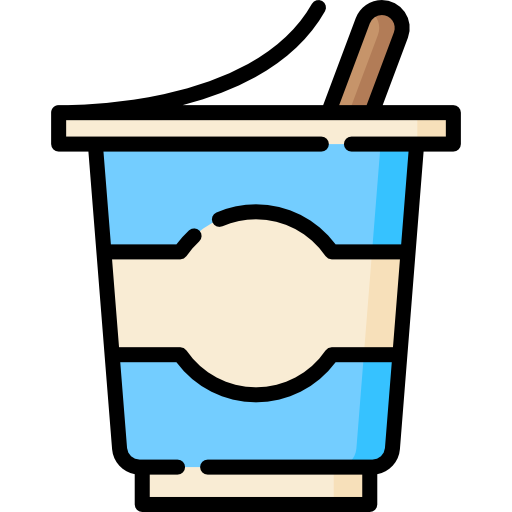
Note: the RDA of cholesterol is 300 mg
Sources
This post may contain affiliate links
I'm sure we've all heard of cholesterol. It's been through quite the ringer in nutrition science, but is it really as bad as we once thought? With the recent realization that fats are indeed good for us, where does that leave cholesterol?

What is Cholesterol?
The best place to start would be to define what cholesterol actually is. There are 2 different types of cholesterol: dietary cholesterol, and blood cholesterol.


Dietary Cholesterol
Dietary cholesterol is the cholesterol you get from your diet, as the name suggests. This is the cholesterol found in the foods you eat, and what you read on the nutrition label.
Dietary cholesterol is only found in the fat of animal sources foods, such as meat, fish, dairy, and eggs. Therefore, there is no cholesterol in plant based foods, such as fruits, vegetables, nuts, seeds, grains, or beans.
For years, we were told to avoid foods like eggs because they're high in dietary cholesterol. But as eating fat doesn't inherently make you fat, consuming dietary cholesterol doesn't necessarily raise blood cholesterol levels.
That is, assuming you're not apart of the estimated 25% of the population who are known as "cholesterol hyper responders". Among this class of individuals, blood cholesterol is significantly impacted by dietary cholesterol, and it is advised to monitor your cholesterol intake.

Blood Cholesterol
On the other hand, blood cholesterol is the cholesterol found in your body. This is what you'd find on most simple lipid panels. Think your HDL, LDL, triglycerides, etc.
Blood cholesterol is a waxy fat-like substance produced by the liver. Your body naturally produces most of your blood cholesterol. It's estimated that 80% of blood cholesterol is produced in the liver, while the other 20% comes from dietary cholesterol. So while limiting dietary cholesterol can somewhat help in reducing blood cholesterol levels, it's far from the main source.

The Role of Cholesterol
Cholesterol isn't all negative; far from it. There are many positive benefits of blood cholesterol in the body, though obviously levels can be too high (more on that later).
Cholesterol is needed in the body for the production of many hormones, as well as the digestion of fatty foods. Cholesterol forms cell membranes, protecting what can enter or leave the cells. Moreover, cholesterol helps the liver produce bile, and it serves in producing vitamin D in the body.
The majority of cholesterol in the body is found in the brain. Your brain in particular needs certain levels of cholesterol for proper function. So what are the optimal numbers for blood cholesterol? Well first, it helps to know the different types of blood cholesterol.

HDL Cholesterol
HDL, or High Density Lipoprotein, cholesterol is typically referred to as the "good" cholesterol. While this is generally true, this is quite an oversimplification. High levels of HDL are typically associated with a lower risk of heart attack and stroke.
HDL assists in "reverse cholesterol transport", which helps regulate cholesterol levels and decrease the risk of cardiovascular disease by removing excess cholesterol from the bloodstream and sending it to the liver. This protects you against atherosclerosis, or the narrowing and hardening of the arteries.
HDL is also anti-inflammatory and helps prevent oxidation of LDL cholesterol. HDL levels can be raised by consuming healthy fats (like avocados, fatty fish, extra virgin olive oil, nuts, and seeds), limiting refined grains and sugars, and lowering stress levels.

LDL Cholesterol
LDL, or Low Density Lipoprotein, cholesterol in the other hand is usually known as the "bad" cholesterol. Think "L for Lousy" if you forget which one is which. High levels of LDL are typically seen in individuals with plaque buildup in the arteries, possibly resulting in heart disease or stroke.
Cholesterol isn't inherently bad, but too much can be an issue. Cholesterol is a fat-like substance that the body uses to make hormes and for cell growth and repair. But elevated levels acts as a road block for the arteries, like a delivery truck that drops too many packages. In addition to plaque buildup, high level of LDL cholesterol can also signal metabolic syndrome, insulin resistance, diabetes, or other metabolic conditions.

Non-HDL Cholesterol
Non-HDL cholesterol is simply the amount of cholesterol that isn't HDL cholesterol. Elevated levels of Non-HDL cholesterol likely mean than HDL is too low and/or LDL is too high. It's calculated by subtracting your HDL number from total cholesterol. Non-HDL cholesterol can also be calculated by adding up your LDL, V-LDL, and IDL. V-LDL and IDL are sometimes found on lipid panels as well, where they stand for Very Low Density Lipoprotein and Intermediate Density Lipoprotein, respectively. V-LDL and IDL are 2 additional types of "bad" cholesterol.

Triglycerides
Triglycerides are actually not a type of cholesterol. Rather, they're a type of fat that carry cholesterol throughout the body. High triglycerides levels coupled with either high LDL or low HDL can, again, increase risk for heart attack and stroke.
Excess calories, typically from sugar and other refined carbs, are converted into triglycerides (a type of fat) in the body. Later, hormones release these fats so your body can use them for energy. However, when your body has too many triglycerides (too much stored up energy), something is out of balance. This is likely due to consuming too much energy (too much sugar, carbs, or calories), or not expending enough energy (lack of physical exercise).
Elevated triglycerides often signals other metabolic issues, such as insulin resistance, obesity, or elevated glucose. Over time, this can lead to prediabetes, type 2 diabetes, heart disease, stroke, or even dementia. The overconsumption of refined, simple sugars and starches typically leads to this accumulation. Eat whole food carbs like legumes, potatoes, fruit, and whole grains, not fiberless white starches like white rice, pasta, or bread.

Total Cholesterol
Total cholesterol doesn't matter very much, as it doesn't tell you what the cholesterol is actually made up of. Rather, it's a simple addition of HDL and Non-HDL cholesterols. A total cholesterol of 150 can look a hell of a lot different if it's an HDL and Non-HDL each of 75, or an HDL of 30 and an Non-HDL of 120.
Nevertheless, it's still helpful to monitor your total cholesterol levels, but in relation to the other lipid biomarkers, not independently. Imagine looking at how many wins a team has without considering how many games they've played. The currently 63-52 Mets (Aug. 8, 2025) are a lot better than the 1979 Mets that finished the season 63-99.

Total Cholesterol to HDL Ratio
Your total cholesterol to HDL ratio is a calculation typically found in your standard lipid panel. It's calculated by dividing your total cholesterol by your HDL, as you may suspect. While more useful than total cholesterol on its own, this ratio ignores your triglycerides, which tells you more about your cardiovascular health than total cholesterol. Even so, you want this ratio to be low, ideally below 3.5. High levels of cholesterol to HDL ratio may signal insulin resistance and cardiovascular disease. Quitting smoking, increasing exercise, and prioritize a whole foods diet can help to improve your ratio.

Optimal Blood Cholesterol
Triglyceride to HDL ratio is calculated by dividing your triglycerides by HDL; simple enough. This ratio should be as low as possible. Put simply, you ideally want your HDL to be higher than your triglycerides, though this is even more than optimal. A ratio above 2.0 is correlated with a moderately increased rate of heart disease, and a 5.0 ratio shows strong relations to cardiovascular disease, insulin resistance, and prediabetes or type 2 diabetes.

Optimal Blood Cholesterol
So it sounds like, generally, you want high HDL, low LDL, and low triglycerides. If you have a total cholesterol of over 200 mg/dL, you're generally considered to have high cholesterol, which millions of Americans have. But what are the optimal numbers when you actually look at the specific values instead of the total?
- HDL: > 40 mg/dL (men) or > 50 mg/dL (women)
- LDL: < 70 mg/dL
- Non-HDL: < 100 mg/dL
- Triglycerides: < 70 mg/ dL
- Total Cholesterol: < 150 mg/dL
- Cholesterol / HDL: < 3.5
- Triglyceride / HDL: < 2.0

What are my Numbers?
Look, you probably don't want to sit here and read this and take my advice if you don't know if it even works. I should reiterate that I am not a doctor, and you should always seek professional assistance if needed. I am simply someone who is interested in health and nutrition. Numbers in green indicate within the optimal range, and red values are outside the optimal range.
As of July 2025
- HDL: 49 mg/dL
- LDL: 52 mg/dL
- Non-HDL: 66 mg/dL
- Triglycerides: 61 mg/dL
- Total Cholesterol: 115 mg/dL
- Cholesterol / HDL: 2.35
- Triglyceride / HDL: 1.24

Symptoms and Causes of High Cholesterol (Hyperlipidemia)
- Alzheimer's disease or dementia
- Coronary artery disease
- Diets high in saturated fat and trans fat
- Diets high in refined sugar and starch
- Diets low in fiber, healthy fats, and protein
- Genetic predisposition to high cholesterol
- High sodium diet
- Insulin resistance
- Overweight and obesity
- Metabolic syndrome
- PCOS
- Sedentary lifestyle
- Smoking
- Type 2 diabetes

Problems with High Cholesterol
Elevated cholesterol levels are associated with many health risks. Mainly, high cholesterol is correlation with plaque buildup in the arteries. This narrows the flow of blood to and from the heart. In mild cases, this causes chest pain, and heart attack in severe cases.
If high cholesterol was caused solely by consuming diets high in saturated fat and dietary cholesterol, then we'd find few vegetarians and no vegans with high cholesterol. Alas, this is not the case. That's because, according to more recent research, high cholesterol levels are largely due to high refined carbohydrate diets, not high fat diets.

Preventing High Cholesterol
Outside of certain genetic factors, high cholesterol is largely preventable. Contrary to popular belief, consuming dietary cholesterol has little effect of blood cholesterol levels in the majority of individuals.
Rather, the largest risk factors for high cholesterol are consuming a diet high in sugar and a lack of physical activity. Still, it's still best to eliminate all trans fats, and limit your consumption of saturated fats. Additionally, lowering your sodium consumption may help improve cholesterol numbers.
Moreover, smoking increases your risk of high cholesterol. This is because smoking damages the blood vessels, speeding up the hardening of your arteries. Alcohol consumption has also been shown to elevate triglycerides.
Prioritize protein from lean sources, as well as work as many fruits and vegetables into your diet as possible. Diets high in protein, fiber, and healthy fats are the best protection against high cholesterol and heart disease. Healthy fats are generally defined as unsaturated fats from whole foods sources, such as nuts, seeds, avocados, fatty fish, extra virgin olive oil, and unsweetened chocolate.
Omega 3 fatty acids in particular are great for raising HDL levels and maintaining optimal heart health. Omega 3s are found mainly in fatty fish, such as salmon, mackerel, and sardines, but also found in algae, flax seeds, chia seeds, hemp seeds, and walnuts. Note that ALA, the omega 3 found in nuts and seeds, is significantly less bioavailable than DHA and EPA, the omega 3 fatty acids found in fish.
You can (and absolutely should) still consume carbs. Just make sure to prioritize whole food complex carbs, instead of simple refined starches. This means limit your consumption of white bread, pasta, rice, and sugar. Healthy starchy foods include brown rice, quinoa, lentils, beans, potatoes, sweet potatoes, oats, and of course fruit.
Finally, make sure to get regular physical exercise. This means a combination of both cardio and resistance training, not just one or the other. Try alternating every day, doing each 3 times a week, and resting on the 7th day of the week. Cardio training including running, biking, elliptical, speed walking, stair machine, and hiking. Resistance training includes free-weight lifting, body-weight exercises, strength machines, or exercise bands. Or combine both together by swimming or rowing. The best type of exercise is the one you're going to stick with.

Foods High In Cholesterol
| Food | Serving Size | Cholesterol Per Serving |
Cholesterol Per 100 g |
Cholesterol Per 100 cal |
|---|---|---|---|---|
| Beef Liver | 4 oz (113 g) |
311 mg (104 %) |
275 mg (92 %) |
204 mg (68 %) |
| Chicken Breast (Boneless & Skinless) |
4 oz (113 g) |
82 mg (27 %) |
73 mg (24 %) |
61 mg (20 %) |
| Chicken Thighs (Boneless & Skinless) |
4 oz (113 g) |
106 mg (35 %) |
94 mg (31 %) |
78 mg (26 %) |
| Eggs | 1 egg (50 g) |
206 mg (69 %) |
411 mg (137 %) |
278 mg (93 %) |
| Ground Beef (93% Lean) |
4 oz (113 g) |
71 mg (24 %) |
63 mg (21 %) |
41 mg (14 %) |
| Ground Turkey (93% Lean) |
4 oz (113 g) |
84 mg (28 %) |
74 mg (25 %) |
49 mg (17 %) |
| Pork Tenderloin | 4 oz (113 g) |
73 mg (25 %) |
65 mg (22 %) |
60 mg (20 %) |

Fish and Seafood (Raw unless specified)
| Food | Serving Size | Cholesterol Per Serving |
Cholesterol Per 100 g |
Cholesterol Per 100 cal |
|---|---|---|---|---|
| Anchovies (Canned) |
1.6 oz (45 g) |
38 mg (13 %) |
85 mg (28 %) |
40 mg (13 %) |
| Clams (Canned) |
3 oz (85 g) |
32 mg (11 %) |
38 mg (13 %) |
35 mg (12 %) |
| Crab (Canned) |
3 oz (85 g) |
82 mg (27 %) |
97 mg (32 %) |
117 mg (39 %) |
| Lobster | 3 oz (85 g) |
108 mg (36 %) |
127 mg (42 %) |
165 mg (55 %) |
| Mackerel (Canned) |
3 oz (85 g) |
67 mg (22 %) |
79 mg (26 %) |
51 mg (17 %) |
| Mahi Mahi |
3 oz (85 g) |
62 mg (20 %) |
73 mg (24 %) |
86 mg (28 %) |
| Mussels | 3 oz (85 g) |
24 mg (8 %) |
28 mg (9 %) |
33 mg (10 %) |
| Salmon | 3 oz (85 g) |
47 mg (15 %) |
55 mg (18 %) |
39 mg (13 %) |
| Sardines (Canned) |
3 oz (85 g) |
121 mg (40 %) |
142 mg (47 %) |
68 mg (23 %) |
| Scallops | 3 oz (85 g) |
20 mg (7 %) |
24 mg (8 %) |
35 mg (12 %) |
| Shrimp | 3 oz (85 g) |
107 mg (36 %) |
126 mg (42 %) |
177 mg (59 %) |
| Squid | 3 oz (85 g) |
198 mg (66 %) |
233 mg (78 %) |
253 mg (85 %) |
| Tilapia | 3 oz (85 g) |
43 mg (14 %) |
50 mg (17 %) |
52 mg (18 %) |
| Tuna (Canned) |
4 oz (113 g) |
41 mg (14 %) |
36 mg (12 %) |
42 mg (14 %) |

Dairy
| Food | Serving Size | Cholesterol Per Serving |
Cholesterol Per 100 g |
Cholesterol Per 100 cal |
|---|---|---|---|---|
| Casein Protein Powder | 1 scoop (30 g) |
20 mg (7 %) |
67 mg (22 %) |
18 mg (6 %) |
| Cheddar Cheese | 1 oz (28 g) |
28 mg (9 %) |
99 mg (33 %) |
25 mg (8 %) |
| Cottage Cheese (Nonfat) |
1/2 cup (113 g) |
8 mg (2 %) |
7 mg (2 %) |
10 mg (3 %) |
| Feta Cheese | 1 oz (28 g) |
25 mg (8 %) |
89 mg (30 %) |
34 mg (11 %) |
| Goat Cheese | 1 oz (28 g) |
13 mg (4 %) |
46 mg (15 %) |
17 mg (6 %) |
| Greek Yogurt (Plain Nonfat) |
3/4 cup (170 g) |
9 mg (3 %) |
5 mg (2 %) |
8 mg (3 %) |
| Milk (Skim) |
1 cup (240 g) |
5 mg (2 %) |
2 mg (1 %) |
6 mg (3 %) |
| Mozzarella Cheese (Low Moisture Part-Skim) |
1 oz (28 g) |
18 mg (6 %) |
65 mg (22 %) |
21 mg (7 %) |
| Parmesan Cheese | 1 oz (28 g) |
24 mg (8 %) |
87 mg (29 %) |
20 mg (7 %) |
| Swiss Cheese | 1 oz (28 g) |
26 mg (9 %) |
93 mg (31 %) |
24 mg (8 %) |
| Whey Protein Powder | 1 scoop (30 g) |
68 mg (23 %) |
227 mg (76 %) |
58 mg (19 %) |

Sources
- Nutrition Value
- FlatIcon
- CDC: About Cholesterol
- CDC: Preventing High Cholesterol
- Cleveland Clinic: What is Cholesterol?
- American Heart Association: What is Cholesterol?
- Radcliffe Cardiology: Understanding Cholesterol Synthesis and Absorption Is the Key to Achieving Cholesterol Targets
- Function Health: Triglycerides
- Function Health: Total Cholesterol to HDL Ratio
- Function Health: Non-HDL Cholesterol
- Function Health: Total Cholesterol
- Function Health: LDL Cholesterol
- Function Health: HDL Cholesterol